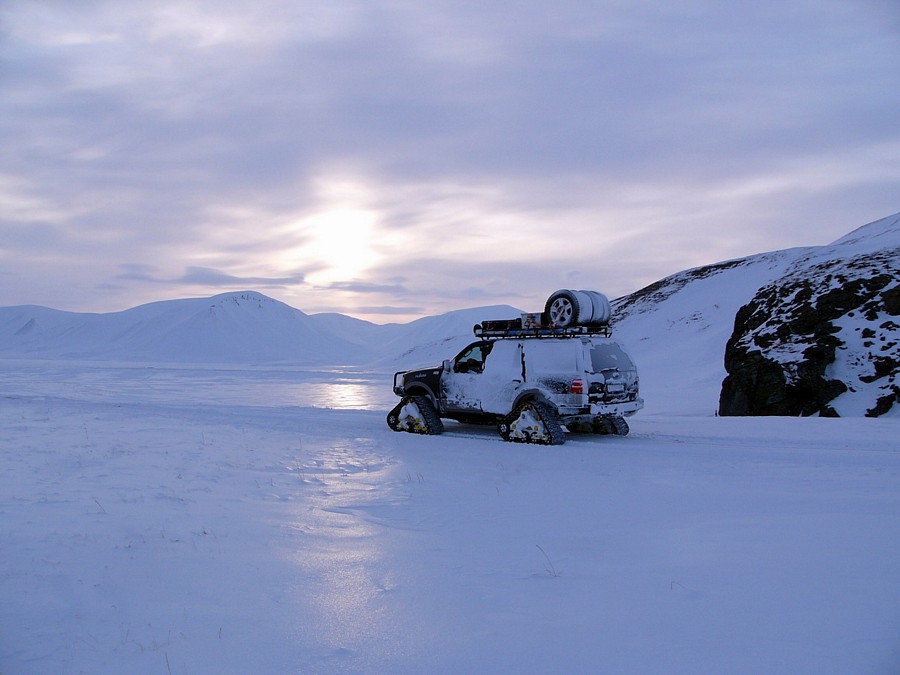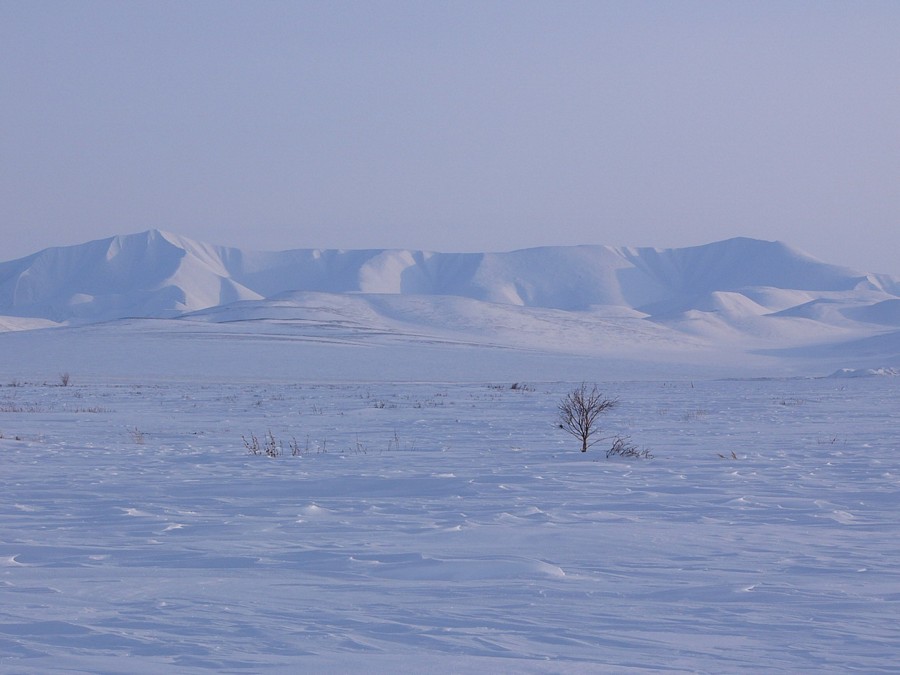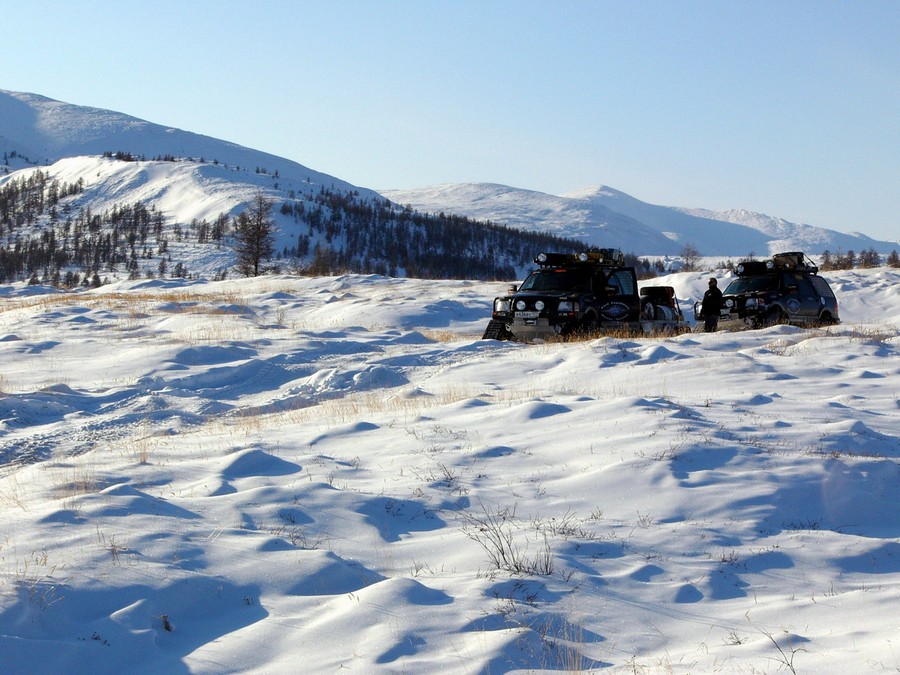
On April 12, 2006, three second generation Ford Expedition Eddie Bauer full-size sport utility vehicles successfully and autonomously completed a grueling 32-day off road overland expedition. The heavy-duty 4×4s journeyed nearly 30,000 kilometres across North Asia, the arctic tundra and at times, uncharted territory.
The expedition team was made up of six members (two in each vehicle) which included the expedition leaders: Alexey Mikhailov and Alexander Borodin; technical director: Andrey Rodionov and professional off road drivers: Sergey Goryachev, Victor Parshikov and Alexey Simakin.
The expeditionary trip was exactly 28,000 kilometres or about 17,398 miles round trip (there and back collectively). The planned route resulted in the SUVs primarily traveling on permafrost and herded the Ford Expeditions across the Arctic Circle twice. The expeditionary team visited landmarks such as the spot where American aviator Carl Ben Eielson was lost, and the birthplace of Russian explorer Semyon Dezhnev.
The northern most point on the route was latitude 69°42′ North (Pevek). The eastern most point visited was longitude 169°40’ West (Cape Dezhnev).
The Ford Expeditions endured unforgiving terrain, constant frigid temperatures down to -36°C (-32°F), whiteouts and a violent polar cyclone that engulfed the expeditionary team toward the end of the expedition, resulting in the team stopping the vehicles. They remained inside the SUVs for protection during the storm’s nighttime onslaught as temperatures dropped and winds wailed against the vehicle windows. 200 kilograms (440 pounds) of snow were removed from each of the Ford Expeditions after the tail end of the storm swept across them again the following day.

The Ford Expeditions were off-the-shelf production versions equipped with the ControlTrac 4-wheel-drive system. Two of the SUVs were charged with towing dual axle utility trailers during the journey. The SUVs were lightly modified with front end guards along with front and rear utility bumpers, winches, safari roof racks, high-powered off road lights and extra belly plating for the engines. Because the trip would venture far from civilization, the vehicles were also equipped with gas stoves and high capacity auxiliary fuel tanks (mounted in the rear cargo bay) for when petrol/gas stations became nonexistent. The SUVs still retained their factory stock engines, transmissions, four-wheel-drive systems, suspensions, even their factory 17×7 alloy 5-spoke wheels.
Two of the Ford Expeditions were equipped with caterpillar track systems supplied by Mattracks. The rubber track systems were used when off road conditions became too demanding for conventional tread tires. Whether directly or non directly related, the rear stabilizer bar failed on the two Expeditions fitted with the Mattracks system. The problem was ruled most likely to be a combination of both overloading and extreme off road conditions. While the issue was fixed and the SUVs continued on with the expedition, the Mattracks however, continued to be problematic. The 5.4 liter Triton V8 engines were sometimes forced to run on poor-quality petrol/gas from unknown sources when high-quality fuel could not be found.

More Photos:
Click the photos to enlarge – Click the arrows to load more.
































